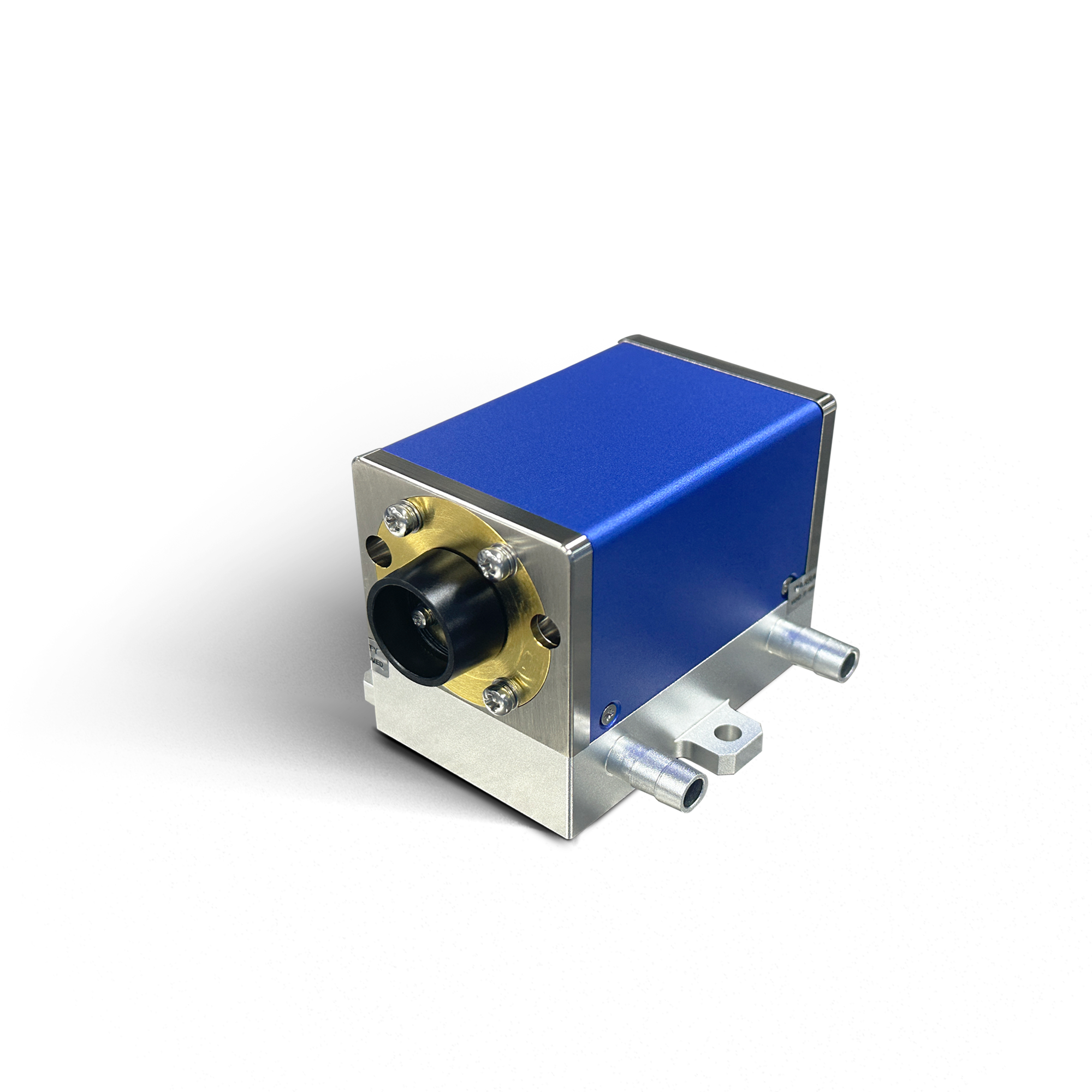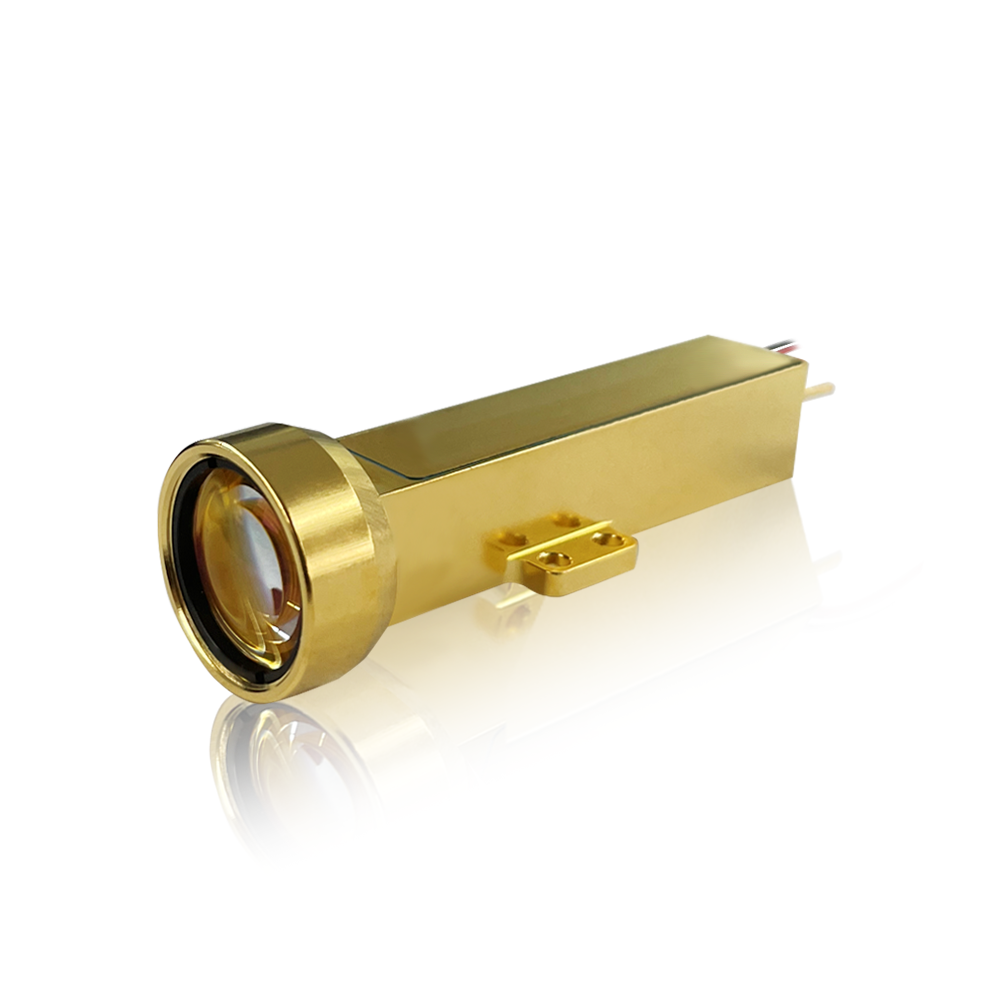Subscribe to Our Social Media For Prompt Post
Lasers, a cornerstone of modern technology, are as fascinating as they are complex. At their heart lies a symphony of components working in unison to produce coherent, amplified light. This blog delves into the intricacies of these components, supported by scientific principles and equations, to provide a deeper understanding of laser technology.
Advanced Insights into Laser System Components: A Technical Perspective for Professionals
|
Component |
Function |
Examples |
| Gain Medium | The gain medium is the material in a laser used for amplifying light. It facilitates light amplification through the process of population inversion and stimulated emission. The choice of gain medium determines the laser's radiation characteristics. | Solid-State Lasers: e.g., Nd:YAG (Neodymium-doped Yttrium Aluminum Garnet), used in medical and industrial applications.Gas Lasers: e.g., CO2 lasers, used for cutting and welding.Semiconductor Lasers: e.g., laser diodes, used in fiber optics communication and laser pointers. |
| Pumping Source | The pumping source provides energy to the gain medium to achieve population inversion (the energy source for population inversion), enabling laser operation. | Optical Pumping: Using intense light sources like flashlamps to pump solid-state lasers.Electrical Pumping: Exciting the gas in gas lasers through electric current.Semiconductor Pumping: Using laser diodes to pump the solid-state laser medium. |
| Optical Cavity | The optical cavity, consisting of two mirrors, reflects light to increase the path length of light in the gain medium, thereby enhancing light amplification. It provides a feedback mechanism for laser amplification, selecting the spectral and spatial characteristics of the light. | Planar-Planar Cavity: Used in laboratory research, simple structure.Planar-Concave Cavity: Common in industrial lasers, provides high-quality beams. Ring Cavity: Used in specific designs of ring lasers, like ring gas lasers. |
The Gain Medium: A Nexus of Quantum Mechanics and Optical Engineering
Quantum Dynamics in the Gain Medium
The gain medium is where the fundamental process of light amplification occurs, a phenomenon deeply rooted in quantum mechanics. The interaction between energy states and particles within the medium is governed by the principles of stimulated emission and population inversion. The critical relationship between the light intensity (I), the initial intensity (I0), the transition cross-section (σ21), and the particle numbers at the two energy levels (N2 and N1) is described by the equation I = I0e^(σ21(N2-N1)L). Achieving a population inversion, where N2 > N1, is essential for amplification and is a cornerstone of laser physics[1].
Three-Level vs. Four-Level Systems
In practical laser designs, three-level and four-level systems are commonly employed. Three-level systems, while simpler, require more energy to achieve population inversion as the lower laser level is the ground state. Four-level systems, on the other hand, offer a more efficient route to population inversion due to the rapid non-radiative decay from the higher energy level, making them more prevalent in modern laser applications[2].
Is Erbium-doped glass a gain medium?
Yes, erbium-doped glass is indeed a type of gain medium used in laser systems. In this context, "doping" refers to the process of adding a certain amount of erbium ions (Er³⁺) to the glass. Erbium is a rare earth element that, when incorporated into a glass host, can effectively amplify light through stimulated emission, a fundamental process in laser operation.
Erbium-doped glass is particularly notable for its use in fiber lasers and fiber amplifiers, especially in the telecommunications industry. It is well-suited for these applications because it efficiently amplifies light at wavelengths around 1550 nm, which is a key wavelength for optical fiber communications due to its low loss in standard silica fibers.
The erbium ions absorb pump light (often from a laser diode) and are excited to higher energy states. When they return to a lower energy state, they emit photons at the lasing wavelength, contributing to the laser process. This makes erbium-doped glass an effective and widely used gain medium in various laser and amplifier designs.
Related Blogs: News - Erbium-Doped Glass: Science & Applications
Pumping Mechanisms: The Driving Force Behind Lasers
Diverse Approaches to Achieving Population Inversion
The choice of pumping mechanism is pivotal in laser design, influencing everything from efficiency to output wavelength. Optical pumping, using external light sources such as flashlamps or other lasers, is common in solid-state and dye lasers. Electrical discharge methods are typically employed in gas lasers, while semiconductor lasers often use electron injection. The efficiency of these pumping mechanisms, particularly in diode-pumped solid-state lasers, has been a significant focus of recent research, offering higher efficiency and compactness[3].
Technical Considerations in Pumping Efficiency
The efficiency of the pumping process is a critical aspect of laser design, impacting overall performance and application suitability. In solid-state lasers, the choice between flashlamps and laser diodes as a pump source can significantly affect the system's efficiency, thermal load, and beam quality. The development of high-power, high-efficiency laser diodes has revolutionized DPSS laser systems, enabling more compact and efficient designs[4].
The Optical Cavity: Engineering the Laser Beam
Cavity Design: A Balancing Act of Physics and Engineering
The optical cavity, or resonator, is not just a passive component but an active participant in shaping the laser beam. The design of the cavity, including the curvature and alignment of the mirrors, plays a crucial role in determining the stability, mode structure, and output of the laser. The cavity must be designed to enhance the optical gain while minimizing losses, a challenge that combines optical engineering with wave optics5.
Oscillation Conditions and Mode Selection
For laser oscillation to occur, the gain provided by the medium must exceed the losses within the cavity. This condition, coupled with the requirement for coherent wave superposition, dictates that only certain longitudinal modes are supported. The mode spacing and the overall mode structure are influenced by the cavity's physical length and the refractive index of the gain medium[6].
Conclusion
The design and operation of laser systems encompass a broad spectrum of physics and engineering principles. From the quantum mechanics governing the gain medium to the intricate engineering of the optical cavity, each component of a laser system plays a vital role in its overall functionality. This article has provided a glimpse into the complex world of laser technology, offering insights that resonate with the advanced understanding of professors and optical engineers in the field.
References
- 1. Siegman, A. E. (1986). Lasers. University Science Books.
- 2. Svelto, O. (2010). Principles of Lasers. Springer.
- 3. Koechner, W. (2006). Solid-State Laser Engineering. Springer.
- 4. Piper, J. A., & Mildren, R. P. (2014). Diode Pumped Solid State Lasers. In Handbook of Laser Technology and Applications (Vol. III). CRC Press.
- 5. Milonni, P. W., & Eberly, J. H. (2010). Laser Physics. Wiley.
- 6. Silfvast, W. T. (2004). Laser Fundamentals. Cambridge University Press.
Post time: Nov-27-2023




